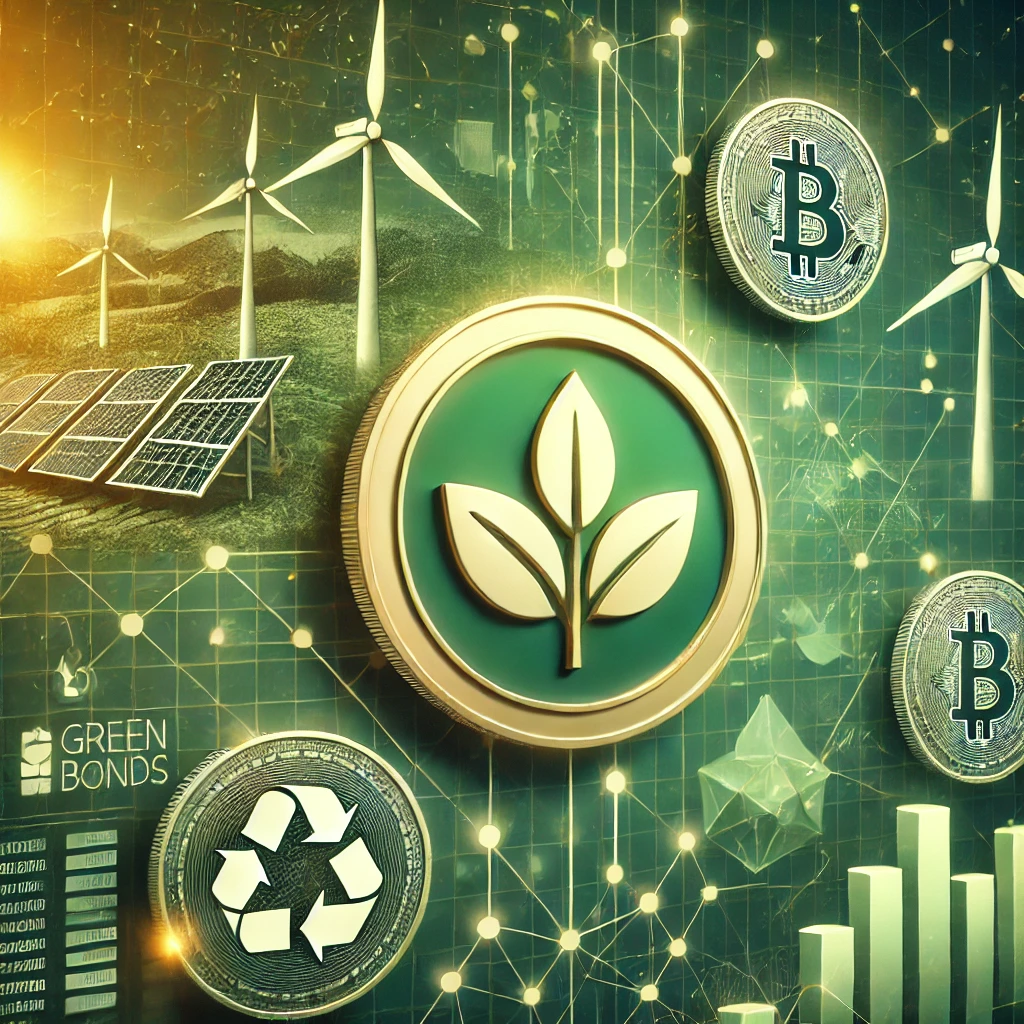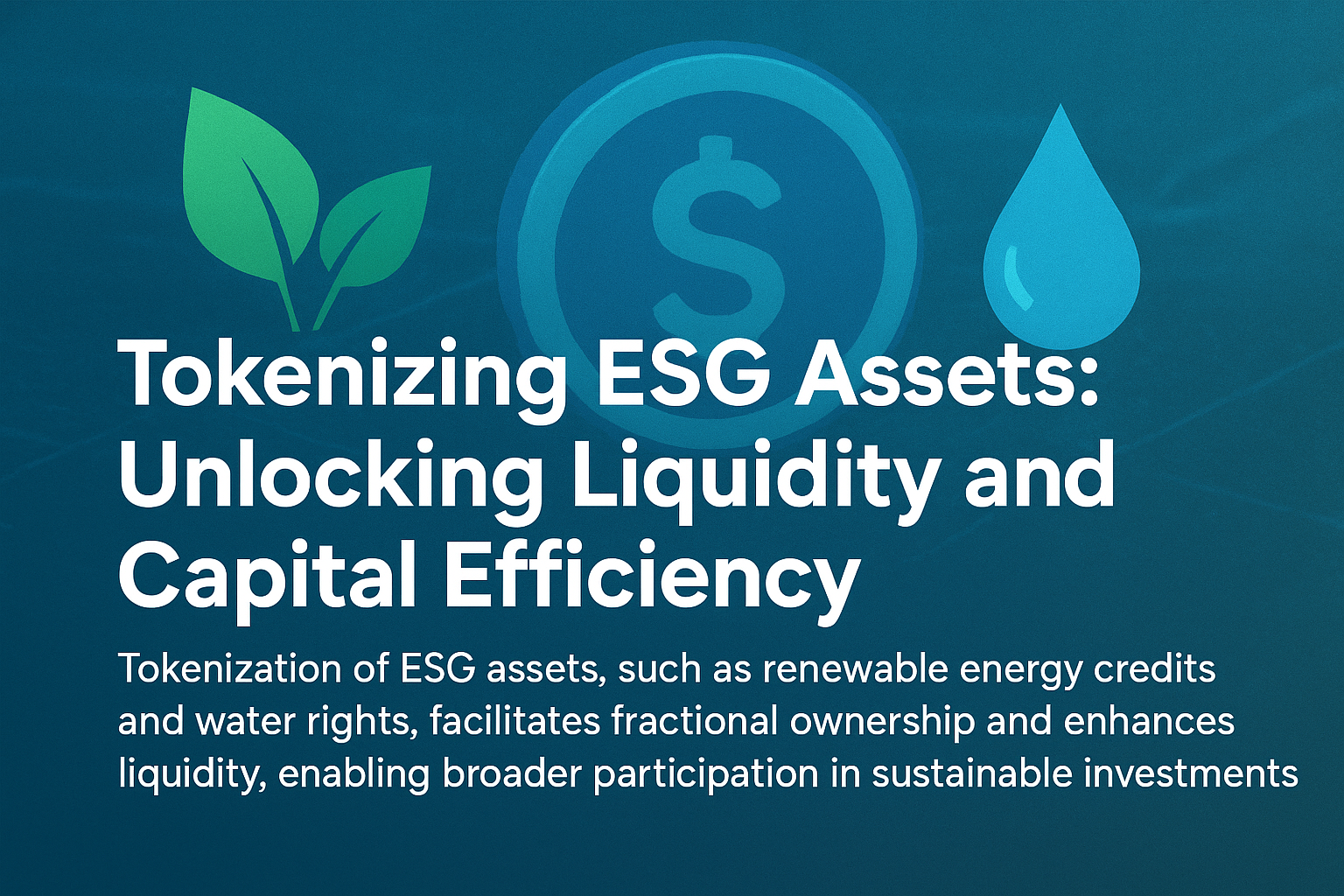In recent years, the surge in environmental, social, and governance (ESG) investments has transformed how capital is allocated to sustainable projects. One of the most promising advancements in this space is the tokenization of green bonds digital assets on blockchain networks that fund eco-friendly initiatives. This innovation not only enhances transparency but also democratizes access to sustainable investments, making it easier for retail investors to contribute to a greener future.
What Are Tokenized Green Bonds?
Tokenized green bonds are digital representations of traditional green bonds, issued on blockchain platforms. These tokens allow investors to purchase fractions of green bonds, lowering the entry barrier for those who cannot afford full-sized investments. By leveraging blockchain’s immutable ledger, tokenized green bonds ensure transparency and traceability, allowing investors to monitor how funds are utilized in real-time.
Platforms like Stoex are leading the charge in this space, offering secure and compliant tokenization services for ESG-focused investments. By using blockchain technology, Stoex facilitates the issuance, trading, and management of tokenized green bonds, enhancing liquidity and enabling seamless cross-border investments.
Benefits of Tokenization for ESG Investments
1. Enhanced Transparency and Trust
Blockchain’s transparent ledger addresses a significant challenge in ESG investments—trust. Investors can track the allocation and impact of their investments, ensuring that funds are genuinely used for sustainable projects such as renewable energy, reforestation, and green infrastructure.
2. Increased Accessibility
Tokenization lowers the investment threshold, allowing a broader spectrum of investors to participate. This inclusivity accelerates capital flow into sustainable projects, aligning financial gains with positive environmental impacts.
3. Improved Liquidity
Traditional green bonds often suffer from limited liquidity. Tokenized versions, however, can be traded on secondary markets, providing investors with the flexibility to buy and sell their stakes without lengthy lock-up periods.
Use Cases of Tokenized Green Bonds
1. Renewable Energy Projects
Tokenized green bonds have been used to fund solar farms, wind energy projects, and hydroelectric plants, ensuring that capital is efficiently allocated to combat climate change.
2. Carbon Capture Initiatives
By tokenizing investments into carbon capture projects, investors can directly support technologies that reduce greenhouse gas emissions, thus aligning their portfolios with net-zero goals.
3. Sustainable Infrastructure Development
Municipalities and corporations can issue tokenized bonds to finance eco-friendly infrastructure, such as smart grids and waste management systems, making it easier to attract ESG-focused investors.
Challenges and the Road Ahead
Despite the benefits, challenges such as regulatory compliance and interoperability between blockchain networks remain. However, as platforms like Stoex continue to innovate, the adoption of tokenized green bonds is likely to accelerate. Regulatory frameworks are also evolving to accommodate these advancements, providing a clearer path for institutional and retail investors alike.
Tokenization in sustainable finance represents a powerful tool to channel investments into ESG projects effectively. By enhancing transparency, accessibility, and liquidity, tokenized green bonds are poised to reshape the future of green finance. As platforms like Stoex pave the way, investors have a unique opportunity to align their financial goals with environmental stewardship.
The integration of blockchain technology in ESG investments is not just a trend it’s a fundamental shift towards a more sustainable and inclusive financial ecosystem.




